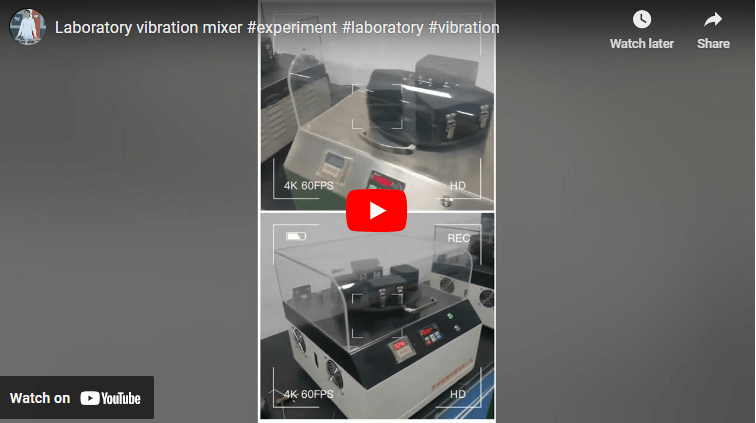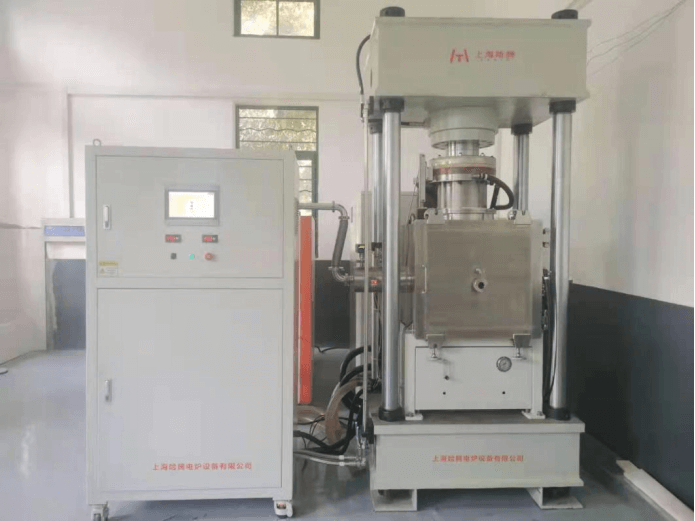What is the ZTE-Zero Thermal Expansion material?
Generally, most materials, whether plastics, metals, or ceramics, have a positive thermal expansion coefficient. That is, as the temperature rises, the size of the material will increase. This will lead to dimensional instability of structural materials in an environment with temperature changes. In precision optics, precision machining, high-tech weapons, and space exploration, there is a higher pursuit of the dimensional stability of structural materials. Therefore, a material with a thermal expansion coefficient close to zero, called zero expansion (ZTE-Zero Thermal Expansion) material, is needed.
The general method for preparing zero expansion materials is to mix materials with negative thermal expansion coefficients with traditional structural materials and adjust their thermal expansion coefficients to a position close to zero. However, traditional negative thermal expansion materials such as zirconium tungstate are not negative enough. That results in too high an additional amount. In addition, their larger density will make the composite material too heavy and the processability will deteriorate. Which is not conducive to application.
Use field assisted sintering technique to prepare ZTE
The team of researcher Tong Peng from the Institute of Solid State Physics, Hefei Institute of Physical Science, and Chinese Academy of Sciences, studied ZTE. A new negative thermal expansion material, modified copper pyrophosphate, was selected as the second phase. Compounded with Al2024, a zero-expansion aluminum-based composite material was prepared by field assisted sintering technique. Due to the larger negative temperature coefficient of modified copper pyrophosphate, a thermal expansion coefficient of -0.014ppm/K was obtained when the addition amount was only 50%. And the composite material with good processing performance and dimensional stability. The relevant results were published in “Ceramics International”.

Copper pyrophosphate powder was prepared by solid phase reaction method, mixed with Al2024 powder evenly, and loaded into the mold. Then it was densified and sintered using our CNE-FHP-828 field-assisted sintering technology furnace. A series of composite materials with a diameter of 30mm and a relative density of more than 99.6% were obtained. With the change of the addition amount, the thermal expansion coefficient of the composite material changed regularly. When the addition amount was 50%, a composite material with a thermal expansion coefficient close to zero can be obtained.
The mechanical properties of copper pyrophosphate and aluminum alloy have good matching. Therefore, the mechanical properties of the composite material are well maintained, and the microstructure shows that its interface bonding state is good.
Compared with hard ceramic additives such as silicon carbide, copper pyrophosphate composites have good machinability and high surface quality of processed parts. Various complex structural parts were processed using larger blanks, and satisfactory results were achieved in related application scenarios.

Field assisted sintering technology has unique advantages in the research development and manufacturing of metal-ceramic composites. This work is a very valuable application example.









